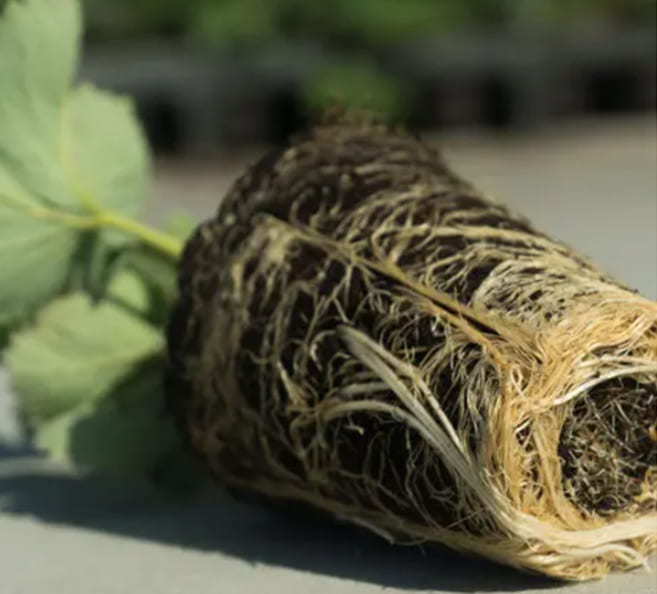Gordon Johnson, Retired Extension Specialist; gcjohn@udel.edu
Plasticulture strawberry planting season will start in 2-3 weeks and most growers will used plug plants for planting. Plug plants are produced from rooting strawberry tips in plug trays filled with growing media, most commonly in 50 cell trays. Plant losses often arise from issues with plug plants and how they are planted.
One common issue is when strawberry tips are not fully rooted. When pulled during transplanting the strawberry roots are then damaged and plants often die or are stunted. Check all trays for rooting before transplanting and if plants have not fully rooted, put them in a greenhouse, tunnel, or nursery area to continue to root until they can be pulled without damage.
In contrast, another problem occurs when plugs are root bound. Root bound plants often cannot be watered adequately as plugs cannot absorb water well. They often are too dry at transplanting and desiccate before they can establish new roots. In addition, root bound plugs are often slow to root into the soil because roots are old and growing in a circle. Once roots circle in the plug they do not grow out properly.
During transplanting, particularly with water wheel transplanters and transplanting crews, there is a tendency to plant plugs too deep. If soil covers the crown of the strawberry plant the plant will often rot and die. In contrast, if plugs are planted so that part of the plug is out of the ground, the plug will often dry out and die before rooting in. Plugs should be planted at soil level with a small amount of soil covering the plug without covering the crown of the plant. It may be necessary to have workers follow the transplanter to properly set plant depth.
All plug trays should be inspected for signs of disease both in the foliage in in the roots and suspect trays should not be planted. Unfortunately, many diseases may be asymptomatic and appear later when strawberries are growing.
The following are recommendations from a past article by Kathy Demchak, Penn State Extension and Dr. Mengjun Hu, University of Maryland: Disease management recommendations for fall-planted strawberry plug plants https://sites.udel.edu/weeklycropupdate/?p=19318 “Remove any leaves with symptoms and all runners while the plants are still in their trays, starting with the cleanest-appearing trays. Watch for brown blotches on leaves and brown sunken lesions on petioles in particular. Collect and dispose of this material. If you cannot complete this operation before you plant, do so right afterwards, and remove this foliage from the field. Diseases sporulate on plant tissue even after it is removed, so dropping plant tissue in the row middles does not eliminate the problems – though this is an improvement over doing nothing. Wash hands and tools frequently, or use hand sanitizer, as diseases can be moved from plant to plant on hands, clothing, and tools. Do not plant any plug plants that are wilted and fail to recover quickly once watered.”

Strawberry plug plant fully rooted but not yet root bound.
Photo from https://www.archiexpo.com/prod/jiffy/product-139036-2060133.html
